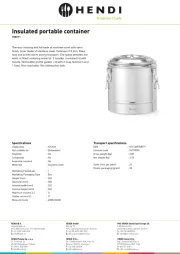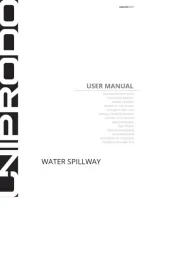M-Audio Pulsar Manual
Læs gratis den danske manual til M-Audio Pulsar (4 sider) i kategorien Ikke kategoriseret. Denne vejledning er vurderet som hjælpsom af 15 personer og har en gennemsnitlig bedømmelse på 4.7 stjerner ud af 8 anmeldelser.
Har du et spørgsmål om M-Audio Pulsar, eller vil du spørge andre brugere om produktet?

Produkt Specifikationer
| Mærke: | M-Audio |
| Kategori: | Ikke kategoriseret |
| Model: | Pulsar |
Har du brug for hjælp?
Hvis du har brug for hjælp til M-Audio Pulsar stil et spørgsmål nedenfor, og andre brugere vil svare dig
Ikke kategoriseret M-Audio Manualer
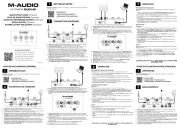


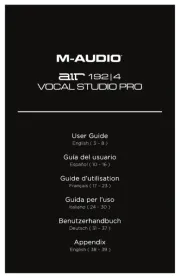




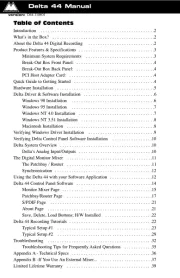
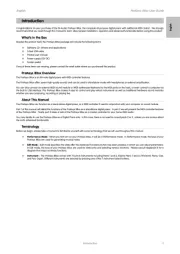
Ikke kategoriseret Manualer
- AIC
- Kipor
- Physa
- Crest Audio
- Scandes
- MRCOOL
- Hauck
- Trotec
- Graff
- Hudson Valley
- Veripart
- Wiha
- Caretero
- Yaesu
- Trident
Nyeste Ikke kategoriseret Manualer

